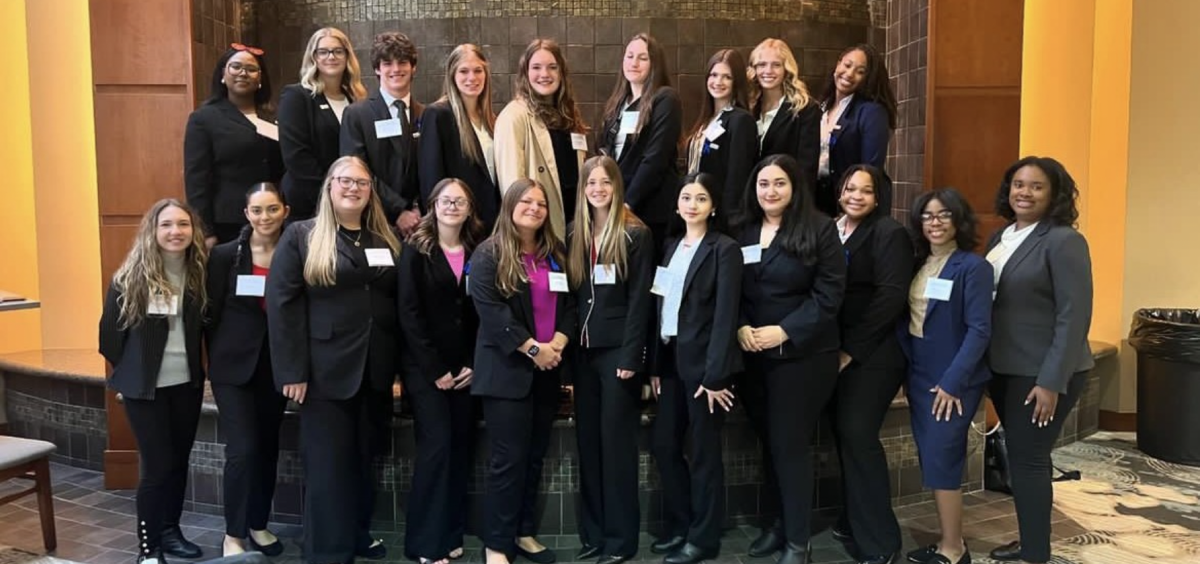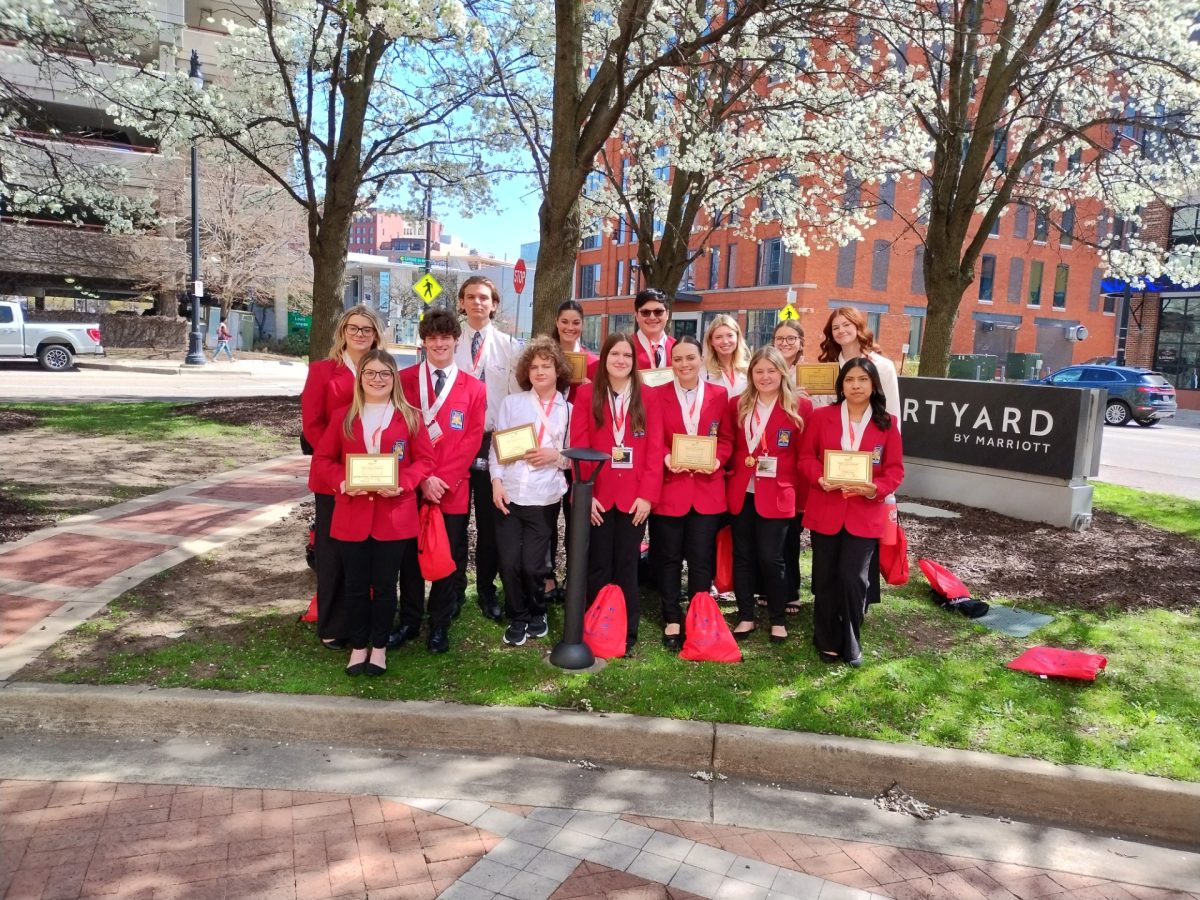By: Karoline Asdal

When waking up on the first of October 2013, roughly 800,000 federal employees received a note from their place of work saying they were temporarily furloughed due to the government shutdown. They were not getting paid and they didn’t know when their involuntary vacation would end. Too many families all around the country, living without an income for weeks is a serious matter. The newspaper oregonlive.com wrote about 36 year-old Lenny Santa Anna who lives in an apartment in Beaverton, Oregon, provided by the money from Social Security disability payment. This organization relies on federal money to be able to take care of people with learning disabilities or other problems which keeps them out of work. “Without this, a lot of people would be homeless, living in a car or storage unit,” she told to the newspaper. “It’s scary. How much further is it going to trickle down?” Anna said.
The shutdown also affected others, and some people may have been surprised about what impact it made on their everyday lives. Campers in the national parks were forced to leave within a couple of days, World War II veterans were denied to visit their memorial in Washington D.C., and tourists were unable to experience national monuments.
Since 1976 there have in total been 17 separate federal government shutdowns in America, and the last one took place from December 1995 to January 1996. Today, a lot of people are confused about the consequences of the government making a decision like this and what a shutdown really is.
The politics behind every shutdown are different, but they’re all caused by the Congress not being able to agree on a spending bill. The constitution says that the government needs to pass laws to spend money, and when they cannot agree on the laws, they do not have the legal authority to spend money. Because of that, the government is forced to cut in their expenses, and every federal employee without a job considered essential is furloughed.
When this shutdown started, most people were confident the shutdown would not affect them at all, but some were probably surprised by the fact that this actually mattered to them. National parks and monuments closed down, there was delaying in processing passport applications and packages coming from abroad were stuck in the customs because so many of the workers were told to stay home during this troubled period. This is all considered to be “non-essential” parts of the government.
Right before midnight October 16th, President Barack Obama signed a budget deal to end the government shutdown after two weeks and two days of discussions. “This has been a long, challenging few weeks for Congress and for the country. It is my hope that today we can put some of those most urgent issues behind us,” Senate Minority Leader Mitch McConnell said after they had come to an agreement on the spending bill. All federal employees were called back to work, so they could have the government operating again as soon as possible.








